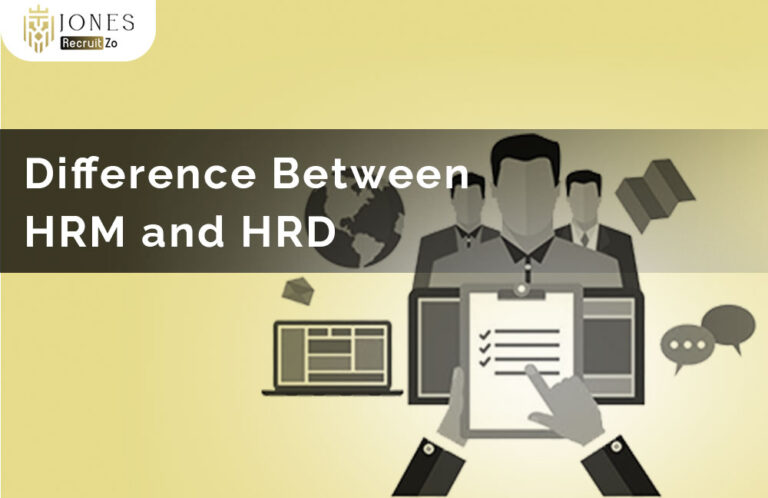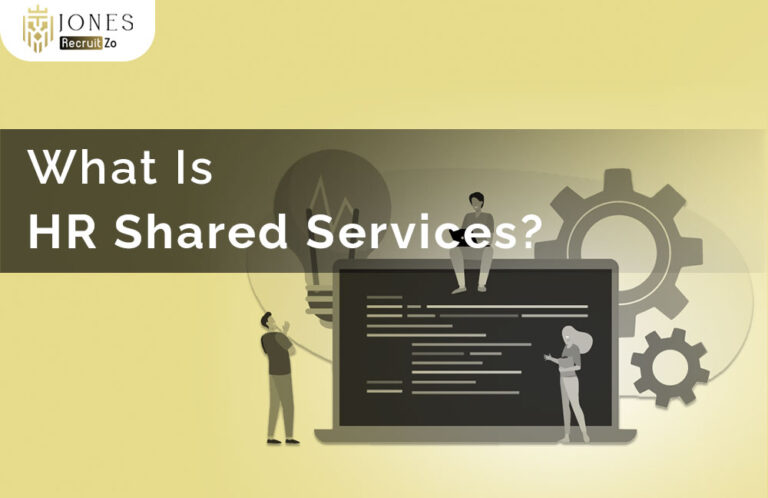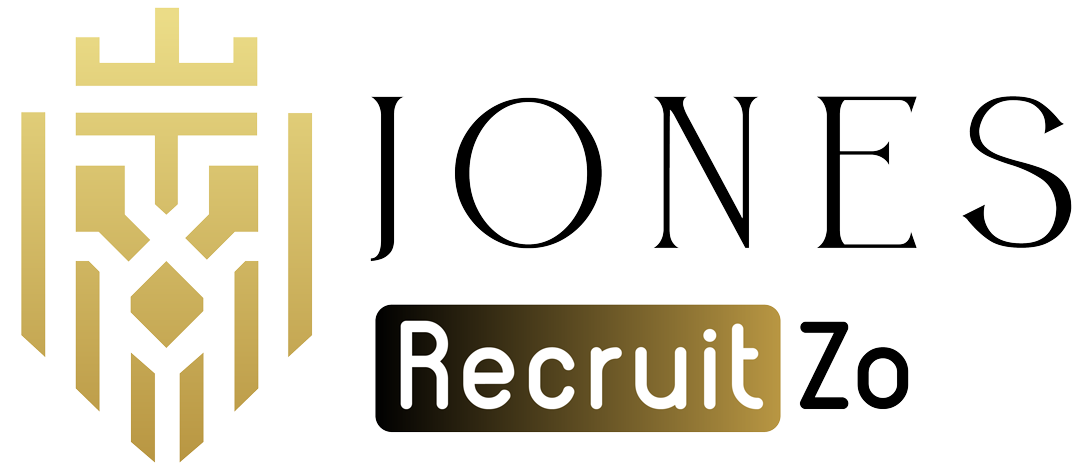What are HR Shared Services?
The term HR Shared Services describes a human resources approach to centralisation, whereby administrative and transactional work processes such as payroll, onboarding, and maintenance of employee information are performed by a dedicated section. This model of operation allows for greater streamlining of service delivery, increased consistency, and, equally important, allows HR to concentrate on more strategic tasks such as employee engagement and talent development.
This acts as a common point for employees to get HR services easily, offering speedy and accurate responses while ensuring legitimate compliance with standard operating procedures within the organisation. HR Shared Services are particularly beneficial for large/medium businesses with multiple locations aimed at improving the delivery and efficiency of HR.
Functions of HR Shared Services
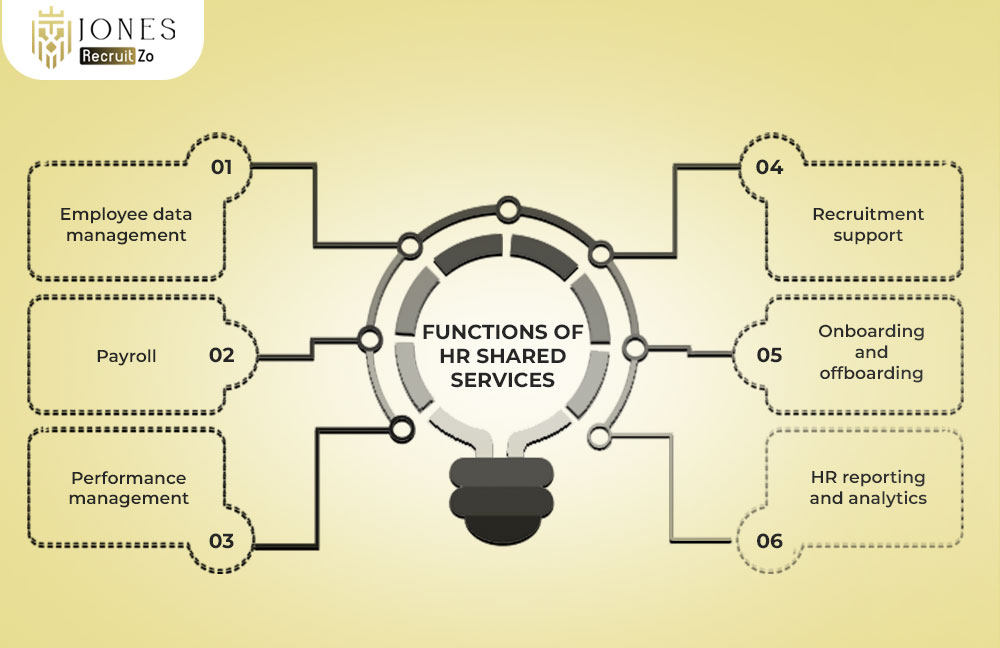
Below are the core functions typically managed within an HR shared services model
Employee data management
Ensuring the employee records are updated correctly, maintaining data security, and staff for legal compliance is employee data management. It thus supports other HR services and enables the HR services to make informed decisions.
Payroll
The payroll section under HR shared services calculates salaries or wages, makes deductions and reimbursements and also files tax returns on time. The centralised and possibly automated mode of doing this vastly mitigates errors and ensures punctual delivery.
Performance management
Performance reviews, collecting feedback from stakeholders, and tracking employee progress are supported by HR Shared Services. Their goal is to make the evaluation process smoother so that there is a common performance management system across different departments.
Recruitment support
While strategic hiring decisions rest with talent acquisition, shared services administer interview scheduling, send out offer letters, and record candidate documents.
Onboarding and offboarding
Handling all the paperwork and granting system access, with some orientation activities for incoming staff, are also part of the function, while the nature of exit for outgoing employees is also decided. Standardisation of this process improves the employee interactions and ensures nothing gets overlooked.
HR reporting and analytics
HR Shared Services generate standard reports on workforce metrics, attendance, turnover rates, etc., on KPIs. These analytics assist HR leaders in making evidence-based decisions that are aligned with business aims.
Benefits of HR Shared Services
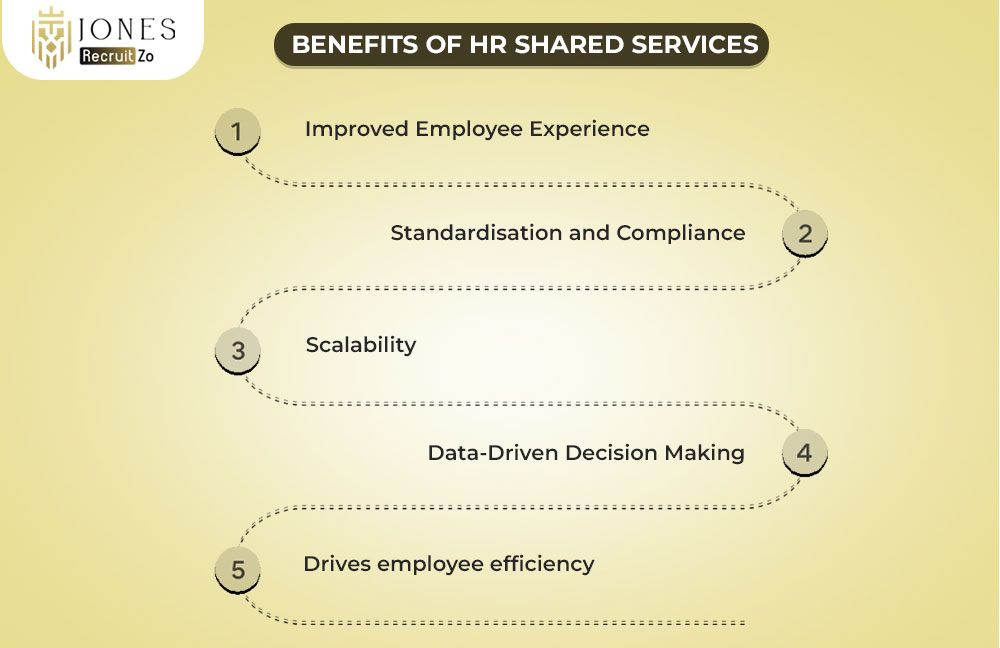
Implementing HR shared services brings several operational and strategic advantages:
Improved Employee Experience
A centralised HR support system offers faster, consistent, and more efficient services, enhancing employee satisfaction and reducing frustration with HR-related processes.
Standardisation and Compliance
HR Shared Services ensure uniform application of policies and procedures, thus reducing compliance risks and making audits or regulatory checks easier.
Scalability
As a matter of growth for the clients, the shared services can readily scale up without duplication of HR roles or systems across departments or regions, thereby ensuring a lean HR infrastructure.
Data-Driven Decision-Making
With centralised access to employee data and analytics, organisations can identify trends and make HR strategic decisions based on real-time insights.
Drives employee efficiency
By way of automating and simplifying loads of mundane tasks, HR Shared Services frees HR professionals and employees to put focus on higher-value activities.
How to Implement HR Shared Services in Your Organisation
Identify organisational needs
Begin by assessing the as-is status of HR processes and identify any inefficiencies or redundancies. Then, be very aware of what areas can benefit the most from centralisation.
Define objectives
Express very clearly what the organisation wishes to be accomplished-especially cost savings, better compliance, or service delivery. This becomes the basis for outcomes that can later be measured.
Choose the Right Technology Stack
Invest in HR software or platforms that support auto- sorting of service, and reporting. Having the right technology is the backbone of this shared services model.
Train HR Service Teams
Make sure the people involved in the HR services are trained not only in the tools and processes but also in giving consistent and appealing support to the employees.
Roll out and monitor performance
Implement a phased roll-out and keep close track of observed results. Use employee feedback and performance measurement parameters to fine-tune the system and alleviate its impact.
FAQs
1) What is HR Shared Services?
HR Shared Services is a centralised model in human resources where administrative tasks like payroll, onboarding, and employee data management are managed by a dedicated support unit.
2) What are the functions of HR shared services?
Employee data management, payroll, recruitment support, onboarding, performance management, and HR analytics are the core ones.
3) What are the benefits of HR shared services?
Key benefits include enhancing employee experience, better compliance, scalability, cost-effectiveness, and data-driven decision-making.
4) How to Implement HR Shared Services?
Implementation involves identifying business needs, defining goals, selecting appropriate technology, training HR teams, and launching in phases with continuous performance tracking.

